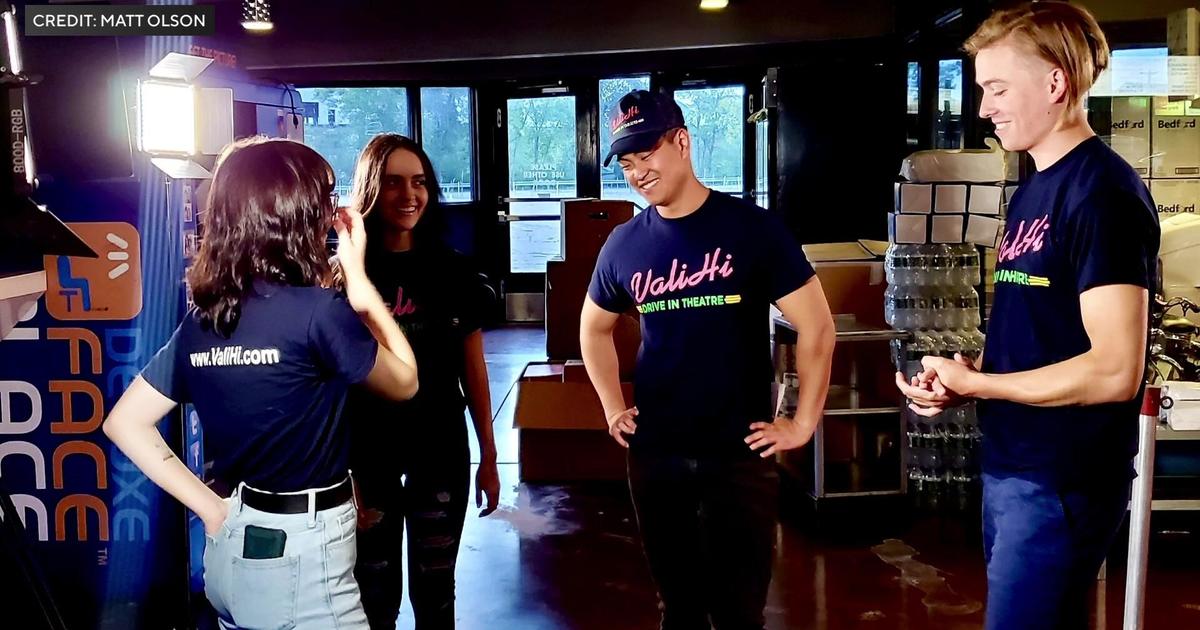Mounds View Senior Develops Device To Prep MRI Patients
ST. PAUL, Minn. (WCCO) -- Preparing for any medical procedure can be unsettling, even scary. That's especially true with younger patients.
Reilly Werkhovan, 17, is getting an MRI (Magnetic Resonance Imaging) scan at Gillette Children's Specialty Healthcare in St. Paul. But before she has the scan, she'll know what to expect
All it takes is spending a couple of minutes wearing a pair of virtual reality goggles.
"The noises made me want to twitch and move. It's so shocking because I wasn't used to it. I definitely think this will help prepare you, this is what will happen, this is what it looks like," Reilly said.
The goggles are the creation of Michael Cao, a senior at Mounds View High School.
"It gives them the experience beforehand," Cao said.
It's understandable that patients of any age might feel unsettled, due to the claustrophobic tube a patient is placed in. But that's only part of the unease.
The MRI machine also creates pounding noises and jolting sensations.
Several years ago, Michael lost his older sister Amy to childhood cancer. He vividly recalls that during her treatment, he could sense her fears of MRIs.
"I saw after she exited the MRI room her face, like something I've never seen before," Cao said.
Gillette saw the usefulness in Cao's device. Earlier this fall, hospital staff were impressed with Cao's demonstration and soon began using the device for their young MRI patients.
"It actually puts you in the room," said Gillette's lead MRI technologist, Brianna Jacobson.
Jacobson says patients feel less anxious and helps remove their fear of the unknown.
"You throw all the noises that the MRI scanner makes and that makes a huge difference," Jacobsen said. "You can say it sounds like this or that, but nothing ever is the same as actually being in the room and having it done."
Wearing the goggles is much like having a virtual MRI. A patient can absorb sights and sounds of the experience-- and while doing so, train the patient to remain still during the scan.
"In the VR headset there's an accelerometer that tracks head movement, so that it helps track how still you are," Cao said.
It's Cao's way of honoring his older sister, whose memory lives on with a device to help others.



